We have a guest post from tennis coach Evan Gaudreu on the “Myth about consistency in tennis”. I hope you find it interesting.
The author of “The Myth about consistency”, Evan Gaudreau, is a tennis coach on junior and college level (D1). He is rated above 5.0, trained at Van Der Meer Tennis Academy and played D1 college tennis himself.
The Myth About Consistency
There were four players per court, hitting the balls baseline to baseline, crosscourt. Some balls flew with good ball flight, head level, arcing towards the opposite baseline. Other balls flew low, like a laser, almost clipping the tape every time they crossed over the net. The players were working on depth.
“Let’s go, guys. I want to see more height,” I said, really speaking to the players hitting lasers.
One player adjusted their backswing, letting the head of the racket dip a little lower to the ground. The height increased.
“Good Ben!” I said.
I walked around the baselines.
“Let’s Go! More height, more depth.”
The players continued hitting. The ball flights didn’t change much.
Five minutes went by.
“We’re good!” I yelled. “Bring it in! Get some water.”
The players stopped hitting and walked over to the first court, where are the tennis bags lay. They grabbed their water and began taking sips.
“Guys,” I paused. “And girls,” I said with a smirk. “Listen. We have to get more arc on our ball flight. Balls are landing short, balls are landing deep, too far left, too far right. We need a more consistent ball flight.”
I walked over, grabbed my water, opened the cap, and took a sip. My mouth was getting dry.
I looked at Jack. “What do you think of your ball flight?”
He shrugged. “I don’t know how to get the ball flight up without sailing the ball out.”
“How do you change that?”
“By dipping the racket down.”
“Yes. By dipping the racket down,” I repeated.
I brought my racket up in an arc and held the racket on the backswing, dipping the head of the racket down.”
“Every time I do that the ball goes out.”
“Why?”
“I don’t know.”
“Because, when you’re approaching contact, you’re brushing up on the deep ball. That’s old school. 80s tennis. Today it’s a brush out, not up.”
I slowly swung the racket to the contact point and stopped.
“At contact, you have to turn the racket. The head of the racket will move forward. Not the arm” I turned the racket, like a windshield washer at the contact point. “If you turn the racket at contact, you can control the spin and power better. If you brush up, you’re controlled by your opponent. By their ball flight and spin and speed.”
“Avery?” I said to one of my top players. “What do we do against brush upswings?”
“High balls above the shoulder,” he said nonchalantly.
“Brush up swings only exist at the lower levels,” I smirked. “Because the old teaching pros haven’t adapted to the modern swing.”
I took another sip of water. Jack was a new player and had recently joined our group, coming over from another program.
“Grace, what do you think? How was your ball flight?”
“I wasn’t working on ball flight. I was working on consistency.”
“What were we supposed to be working on?”
She stared at me. “I wasn’t being consistent. So, I wanted to work on that.”
I looked down and shook my head with a smile.
“Come on, Grace,” I said jokingly.
“Isn’t consistency important?” She said, smiling.
“Yes. But consistency only gets you so far.”
“Well, Deb said consistency is the most important thing.”
“Deb’s right to a certain extent. But she teaches more beginners. It’s important at that level.”
She was talking about her country club teaching pro.
“Grace. It’s important. In the beginning. But you want to build more pace. I’d rather see you hit 5-10 heavy pace balls in a row, than pushing 50 slow meatballs.”
“Well, I just think consistency is more important.”
“That’s fine,” I said. “Would you like to play me? I can show you how your consistent balls will be useless.”
I took a deep breath. “Look, I’m not trying to be a jerk. But, at some point I’m hoping you can learn how important depth and pace are.”
She shrugged.
“Alright. Everyone get back out there. Switch sides and continue hitting groundstrokes.”
All twelve players walked away, back to their courts and starting hitting crosscourts again.
I turned to the other pro and whispered, “She’s not at the level to understand yet.”
“Ya,” he said. “Coaching for me is like parenting. I’m not going to wait for my kids to be 18 years old and then teach them about drugs and alcohol.”
“Exactly, but you can’t teach them too early either.”
We both smiled.
I turned my head and looked over at Grace’s court. Then I turned to Avery.
“Avery. Switch with Jack and hit with Grace. Give her some heavy high balls.”
He smiled.
“Be nice,” I said.
Avery switched courts with Jack. He started hitting high heavy balls to Grace while I watched for a few minutes. She struggled. Rally balls were hitting the racket frame, jumping straight up and hitting the ceiling of the indoor tennis club. Other rally balls were floating, weak, down the line.
“Crosscourts!” I yelled.
The other pro chuckled.
“Man, that brush upswing is getting blasted.”
“That’s the only way she will learn. Show don’t tell.”
After a few more minutes, I called them back in.
“Grace, Who’d you like hitting with better? Jack or Avery?”
“Jack.”
“Why?”
“Because he hits slower and with less spin.”
“Consistent?”
“Yes.”
“But how many rally balls did Avery miss?”
“None,” she said. Then she smiled.
“Now, do you understand?”
She just smiled.
Summary
I like to write in story form to get the message across. I’m not trying to discredit consistency. It’s important at the beginning of your playing career. But, there will be a point where consistency should be assumed. Who wants to hit with a player who’s whacking the ball all over the place? Right? I get it. For junior tournament players, consistency works in the 12s and the 14s and starts drifting away in the 16s because the bigger hitters are now more consistent and putting the slow balls away with groundstrokes or volleys (I will delve into what consistency means at the higher levels on the next piece).
Consistency can work in adult tennis also. Up until 5-6 UTR (NTRP 4.0) level. By 7 UTR (4.5 NTRP), players are generally learning how to defeat that game plan. We all need to be able to rally consistently.
The next piece will be about what consistency means at the higher junior level and the college level.
**The brush-up swing** The brush upswing is volatile. It can be defeated simply by high heavy topspin. Another side note is the brush upswing needs constant touching of the ball. If you have a brush-up swing…Have you ever taken a day or two off and felt like you haven’t hit in a month? I was that player too. When I was young in my playing career, I had to hit every day or I lost my feel.
Enjoy your tennis and keep looking to improve.
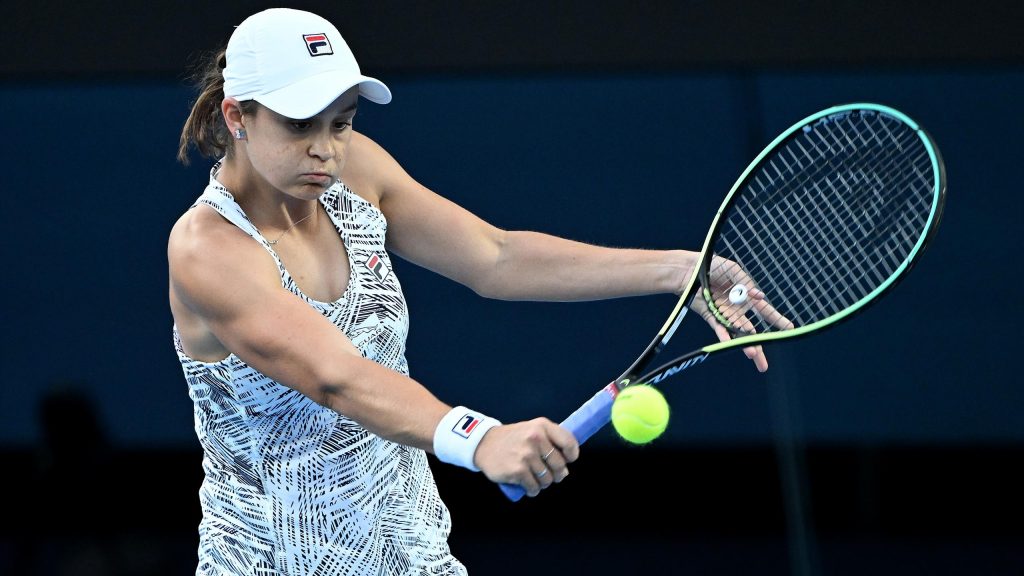



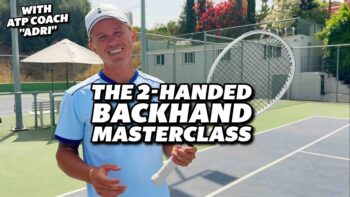
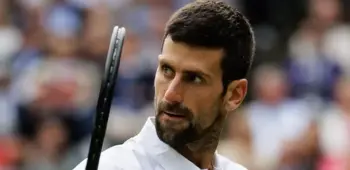
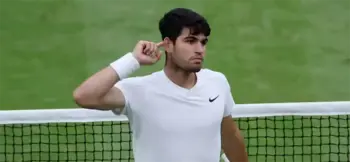
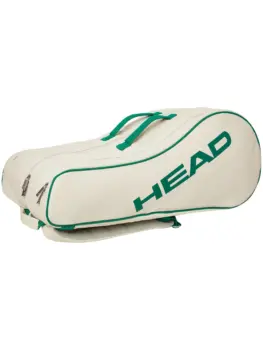

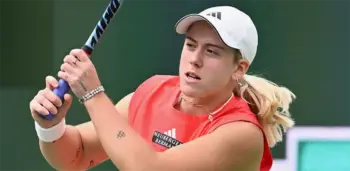
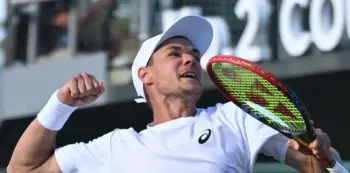
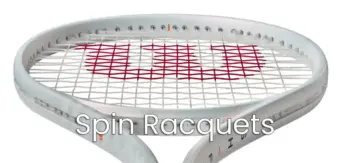
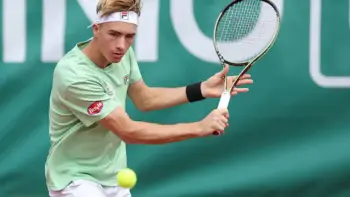

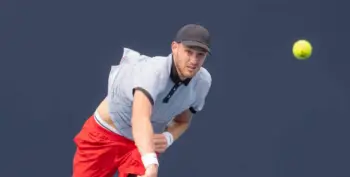
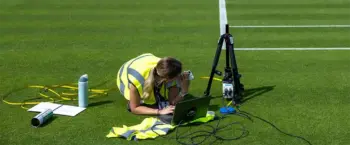

Hey Evan,
Great article! Left me perplexed because I recognize myself in that story.
Can you explain a little bit in detail about what you mean by brushing out on the ball? I am not sure what you mean…
Thanks!
Like your insights….trying to tell my college players about implementing certain patterns and tactics right away by assessing your opponent weaknesses. I’m too old now(67) and just play doubles! But I have seen the transformation of the swing and path of the racket with established players now a days…
Yes …Brushing up on the ball means more whole arm movement? Rather than what you mention to move the head of the racket “forward” at contact. Would that be comparable to the windshield wiper movement. I see Roger in slow-mo level the racket head out after contact, like throwing the racket over the net for a lower ball trajectory.